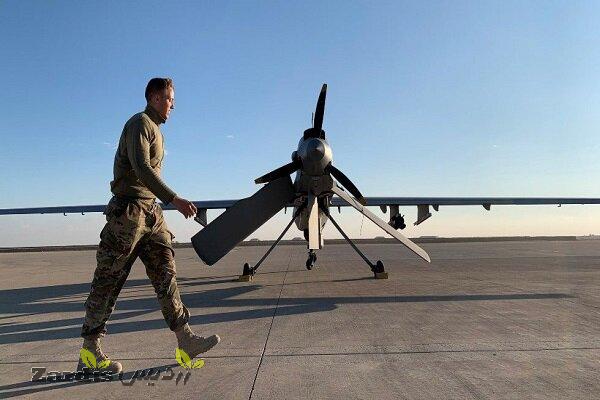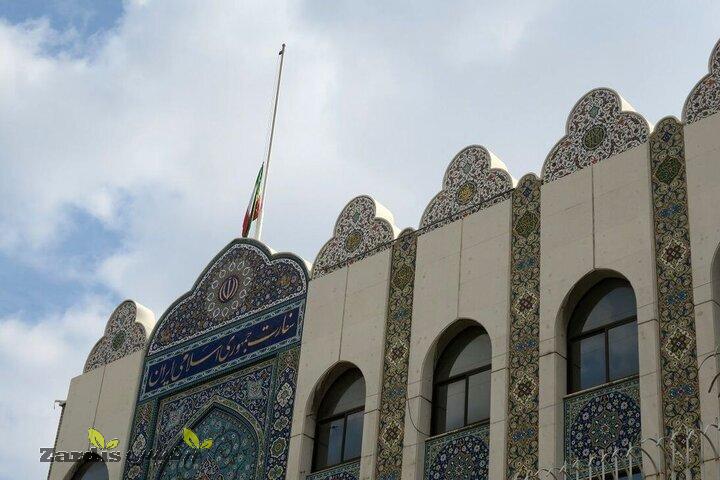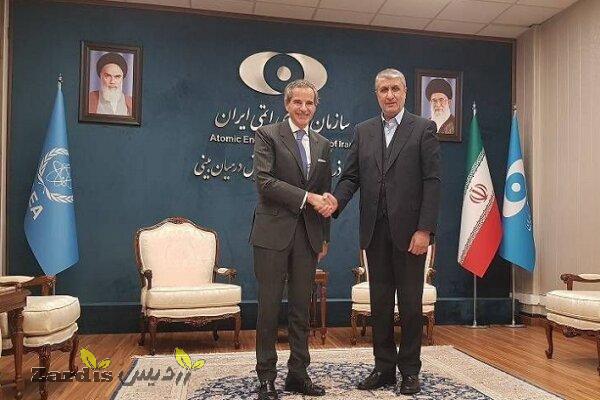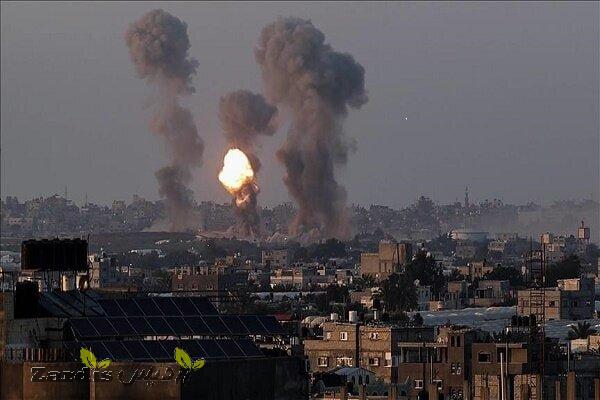Normally set aside for natural disasters and other crises, Congress funded America’s “war on terror” using emergency and contingency money that sidestepped the normal process to allocate funds for overseas military missions.
For the first 10 years, this budgetary system of emergency appropriations was used. It meant the details of where the money ended up were kept on a low profile. It also enabled officials to keep a false impression that the wars in Afghanistan and Iraq would be over soon.
So, after 20 years and nearly $5tn spent. Who benefited from the “war on terror”?
Firstly, in Afghanistan and Iraq, the Pentagon sent an unprecedented number of private contractors. Some military bases resembled U.S. cities, packed with different fast-food chains.
The contractors ran almost every aspect of America’s military adventurism. They constructed the bases and catered for them while providing computer and logistic services. They supplied the chain of food and water, other drinks, trucks, warplanes, helicopters, warships, drones as well as keeping the ammunition and weapons flowing into both countries.
Most of the time, there were more contractors than troops. In July last year, the Pentagon had nearly 22,600 contractors in Afghanistan. That was about double the number of troops in the country.
In other words, the U.S. Department of Defense was on a spending spree.
It awarded the contracts; it made the decisions and it kept a percentage of the money spent in classified accounts.
Nothing stood in the way. Not even the 2008 financial crisis. When Congress imposed spending caps on all departments, the Department of Defense was the only exception as it used the emergency and contingency measures as a pretext to avoid the cuts.
In fact, between 2001 and 2020 the Pentagon budget doubled.
Where was that money invested? The Pentagon spent, at a time when Americans were suffering, upgrading its military equipment, buying new military hardware and servicing others. This is despite the fact most of this military hardware was not being used in the “war on terror” but rather being deployed elsewhere.
This is where the former Secretary of Defense, Robert Gates, described the whole process as a “culture of endless money”.
Military hardware manufacturers, Lockheed Martin, Boeing, General Dynamics, Raytheon and Northrop Grumman. The so-called big five were awarded the biggest contracts.
During the Afghanistan war, Defense stocks outperformed the stock market by nearly 60%.
On September 18, 2001, the day then-President George W. Bush authorized the invasion of Afghanistan in response to the 9/11 attacks, if you bought $10,000 of stock among the “top five”, and reinvested now, it would be worth nearly $100,000.
Between the summer of 2019 and 2020, the “big five” accounted for nearly a third of the $480bn committed by the Pentagon to defense contractors. But only a fraction of these sales went specifically for Iraq and Afghanistan.
Nevertheless, the “war on terror” was highly lucrative for the “big five”.
For example, Lockheed Martin manufactured the Black Hawk helicopters which were used widely in Afghanistan. Boeing sold warplanes and military combat vehicles. Raytheon got a major contract training the Afghan air force. This is while, thousands of subcontractors around the world made a profit selling other military gear such as night-vision goggles, engines, sandbags, communications equipment.
With that said, everything just went to waste. After 20 years, Afghanistan’s government and its armed forces collapsed in two weeks.
The Wartime Contracting Commission and the Inspectors Generals for Afghanistan and Iraq as well as the Pentagon’s own inspector general all admitted it was all a waste. They documented the profiteering, corruption and “ghost spending” (money spent on activities that did not exist at all).
“Ghost spending” was something seen in both Afghanistan and Iraq. The U.S.-trained Afghan army collapsed because of “ghost spending”. The U.S.-trained Iraqi army collapsed in the face of Daesh because of “Ghost soldiers”. Soldiers that paid off their commanders to skip work and split their salaries 50-50 with senior commanders.
To justify the chaotic withdrawal from Afghanistan, U.S. President Joe Biden, stressed the purpose behind the U.S. war had “always been preventing a terrorist attack on American homeland”.
It clearly contradicts his previous positions on the U.S. objective in Afghanistan. In 2001 when Biden was a senator, he outlined the long-term purpose of the American invasion as “a stable government in Afghanistan, one that… provides the foundation for future reconstruction of that country.”
Washington clearly had a duty to reconstruct Afghanistan. The reason for this is quite simple.
Congress created SIGAR (the Special Inspector General for Afghanistan) as an independent agency focused solely on Afghanistan and overseeing the “reconstruction” efforts.
SIGAR had jurisdiction over all programs and operations supported with “U.S. reconstruction dollars” over the last 20 years, regardless of the agency involved. SIGAR had the authority to review the entire reconstruction effort.
According to SIGAR: at various points, the U.S. government hoped to eliminate al-Qaeda, decimate the Taliban movement that hosted it, deny all terrorist groups a safe haven in Afghanistan, build Afghan security forces so they could deny terrorists a safe haven in the future, and help the civilian government become legitimate and capable enough to win the trust of Afghans.
Each goal, once accomplished, was thought to move the U.S. administration one step closer to being able to “withdraw from the country”.
The strategy failed miserably.
Over the last decade that Congress established the “SIGAR” watchdog that gave an almost quarterly report. Each report was more damning than the previous one.
The watchdog puts the failure in Afghanistan down to several important points.
“The U.S. government continuously struggled to develop and implement a coherent strategy for what it hoped to achieve.”
“The U.S. government consistently underestimated the amount of time required to rebuild Afghanistan, and created unrealistic timelines and expectations that prioritized spending quickly. These choices increased corruption and reduced the effectiveness of programs.”
“Many of the institutions and infrastructure projects the United States built were not sustainable.”
“Counterproductive civilian and military personnel policies and practices thwarted the effort.”
“The U.S. government’s inability to get the right people into the right jobs at the right times was one of the most significant failures.”
“Effectively rebuilding Afghanistan required a detailed understanding of the country’s social, economic, and political dynamics. However, U.S. officials were consistently operating in the dark, often because of the difficulty of collecting the necessary information.”
Here is one of the most important aspects of the failure:
“The U.S. government clumsily forced Western technocratic models onto Afghan economic institutions; trained security forces in advanced weapon systems they could not understand, much less maintain; imposed formal rule of law on a country that addressed 80 to 90 percent of its disputes through informal means; and often struggled to understand or mitigate the cultural and social barriers to supporting women and girls.”
“U.S. government agencies rarely conducted sufficient monitoring and evaluation to understand the impact of their efforts.”
That is the tip of the controversy.
THE BIG QUESTION is why didn’t Congress take any action on the assessments of its own watchdog?
Since 2001, the defense sector spent over $2.4bn lobbying Congress, making direct campaign contributions to the majority of its members.
Hence the silence over the past 20 years.
Corruption is at its absolute worst.
So, who won?
The U.S. Defense Industry, the U.S. military-industrial complex were the only winners.
Zardis news | The latest news of Iran and the world
تمامی حقوق مطالب برای "Zardis news"محفوظ است و هرگونه کپی برداری بدون ذکر منبع ممنوع می باشد.
طبق ماده 12 فصل سوم قانون جرائم رایانه ای کپی برداری از قالب و محتوا پیگرد قانونی خواهد داشت.







